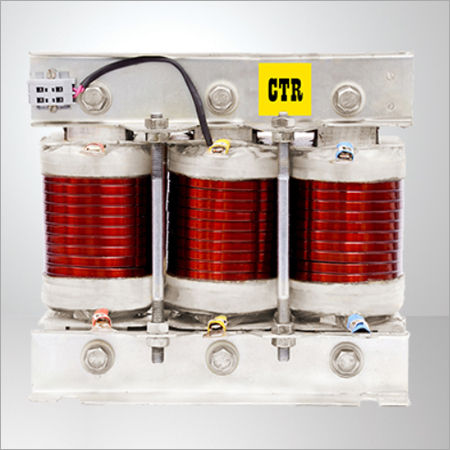Call us now
08045478120

Series Shunt Harmonic Filter Reactors (Low Voltage) Features
Frequently Asked Questions:
To balance the imbalance currents and correct reactive power, shunt active filters are employed to correct current harmonics of nonlinear loads. To counteract current harmonics or reactive load, a shunt active filter detects the load current and injects a current into the system.
What is the purpose of a harmonic filter?
Harmonic filters reduce distortion by diverting harmonic currents in low-impedance paths. Harmonic filters are capacitive at the fundamental frequency, so they are also used to produce the reactive power required by converters and for power factor correction.
Why is the harmonic series important?
Brass instruments, in particular, benefit greatly from the harmonic series. A pianist or xylophonist can only produce one note per key. When a string player wants a certain note from a string, they grip the string tightly in that location. In essence, this creates a vibrating string with a new length and fundamental.
Why is it called harmonic series?
The harmonic sequence is so named because it is exactly the sequence of points on a taut string that deliver musical "harmonics" when the string is touched there as it is plucked.
Who proved harmonic sequence?
The study of harmonic sequences dates to at least the 6th century bce, when the Greek philosopher and mathematician Pyt
 |
CTR MANUFACTURING INDUSTRIES PRIVATE LIMITED
All Rights Reserved.(Terms of Use) Developed and Managed by Infocom Network Private Limited. |